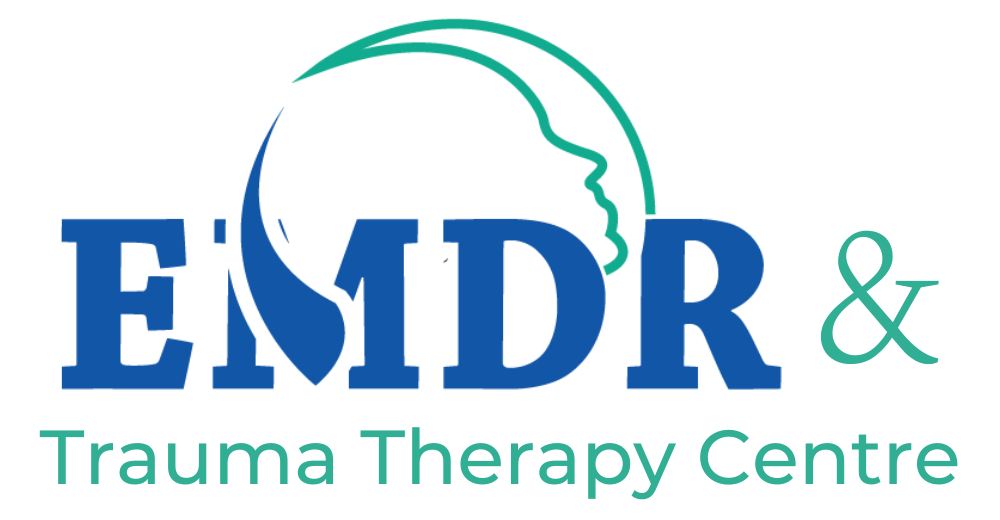Introduction
Trauma can live in the body in ways that words alone can’t always reach. Many people have tried traditional talk therapy and found that it helps up to a point but something still feels stuck. That’s where Deep Brain Reorienting (DBR) comes in.
DBR is a cutting-edge, neurophysiologically grounded therapy developed by Dr. Frank Corrigan. It’s gaining international attention as a powerful way to address the root of trauma by targeting the brainstem-level reactions that occur before we even think or feel.
Trauma can live in the body in ways that words alone can’t always reach. Many people have tried traditional talk therapy and found that it helps up to a point but something still feels stuck. That’s where Deep Brain Reorienting (DBR) comes in.
DBR is a cutting-edge, neurophysiologically grounded therapy developed by Dr. Frank Corrigan. It’s gaining international attention as a powerful way to address the root of trauma by targeting the brainstem-level reactions that occur before we even think or feel.
What Is Deep Brain Reorienting?
Deep Brain Reorienting (DBR) is a body-based psychotherapy designed to access and resolve trauma at the level of the brainstem. Unlike traditional therapies that focus on thoughts or behaviors, DBR guides clients to notice the subtle orienting tension a physical, pre-emotional response that the body makes when it detects threat.
This orienting response often originates in the head, neck, and facial muscles, and occurs before fear, rage, or grief even arise. DBR helps clients tune into this early sequence of responses and stay with it gently and precisely so the trauma can unwind from the inside out.
How Does DBR Work?
DBR involves:
Tracking the orienting reflex (a natural bodily reaction to potential threat),
Allowing the emotional charge (like fear or anger) to surface without overwhelming the client,
And processing any attachment-based pain (such as shame or abandonment) that may follow.
Sessions often begin by noticing subtle physical tension, such as tightness in the eyes or jaw. The therapist then helps the client follow the sequence of internal experience—without needing to relive the traumatic event in detail.
The result? Trauma is processed at its origin point, often allowing for lasting relief without retraumatization.
Is Deep Brain Reorienting Effective?
Yes, early research is showing impressive results.
A 2023 randomized controlled trial led by renowned trauma expert Dr. Ruth Lanius studied 54 adults with PTSD who received 8 sessions of DBR therapy. The outcomes were significant:
36.6% reduction in PTSD symptoms immediately post-treatment
48.6% reduction at 3-month follow-up
Over 50% of participants no longer met PTSD criteria after the treatment
Minimal drop-out, showing it’s well-tolerated even for complex trauma
DBR is also being studied in relation to dissociation, depersonalization, and attachment-based trauma especially for individuals who haven’t responded fully to other therapies like EMDR or CBT.
Who Is DBR For?
DBR can be a good fit for:
Teens and adults with complex or developmental trauma
Individuals who feel “stuck” in therapy or triggered by talk-based approaches
People with physical symptoms connected to trauma (e.g., chronic tension, dizziness, shutdown)
Clients struggling with early attachment wounds or pre-verbal trauma
What Makes DBR Different?
While therapies like EMDR, somatic experiencing, and IFS all offer powerful tools, DBR adds a unique layer by targeting the brainstem-level response what happens before thought, feeling, or memory.
It doesn’t require re-telling traumatic stories. Instead, it asks the body: What happened before the fear? Before the collapse? And from that place, healing unfolds.
Final Thoughts: Healing From the Inside Out
Deep Brain Reorienting offers a compassionate, deeply attuned way to help trauma survivors heal at their core. By working with the body’s natural sequences and honoring the brain’s deep survival patterns, DBR gives people a chance to feel safe again not just cognitively, but physiologically.
At our clinic, we offer DBR therapy for teens and adults who want more than just insight they want integration, resolution, and relief.




